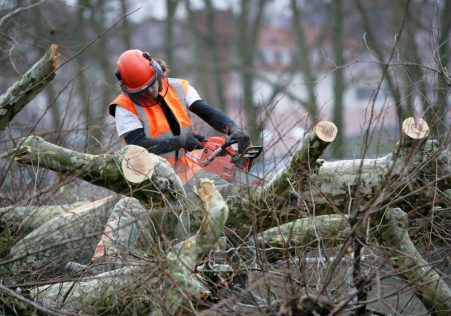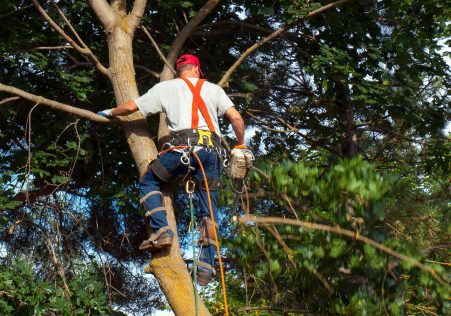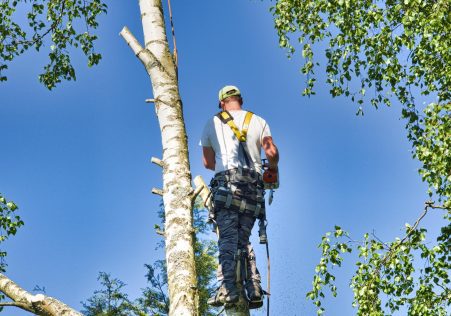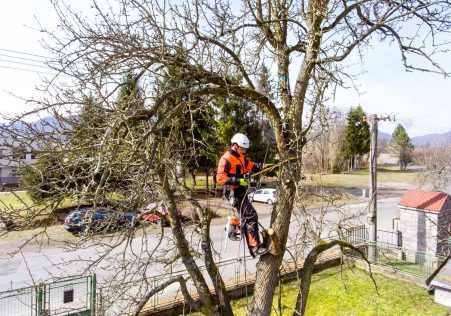The endurance of tree roots After Tree Removal
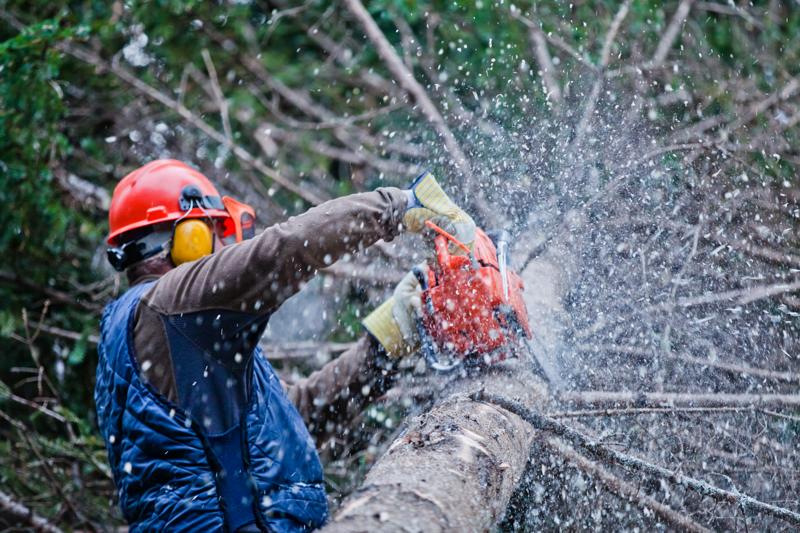
Tree removal is a crucial job for many property owners, however, it’s not as easy as cutting off the trunk and leaving the roots to decompose. Understanding the longevity of the tree’s roots is essential for ensuring your removal is done properly and safely. This article we’ll look at the time the roots of trees last after a tree has been cut down , and also answer several of the frequently asked concerns about this subject.
How long do the tree’s roots last after cutting them down?
The time span for tree roots after a tree is cut down may differ greatly based on the type of the tree being cut down, size of the roots, as well as the environmental conditions. In general, it’s safe to assume that tree roots will remain alive for many years after a tree is cut down. The reason for this is that the roots are still capable of absorbing moisture and nutrients from soil even after the tree has been removed.
The factors that determine the longevity of Tree Roots
There are many variables that affect the longevity of tree roots after a tree has been cut down. Some of these include the species of trees: Some species of trees possess roots which are much more robust and more durable than other species. For instance the oak tree’s roots have been observed to live for several decades after the tree is cut down. Size of roots: The larger the tree’s root system are, the longer they will likely last after the tree is cut down. This is because larger roots are able to absorb nutrients and moisture in the soil. Environmental conditions: The soil type, temperature, and levels of moisture in the region that trees were removed can all impact the longevity of the roots. In the event that the soil has become dry and compacted, the roots are likely to decompose faster. When the soil remains well-drained and moist the roots will last longer.
What Happens to Tree Roots After cutting them down?
When the tree is removed the roots slowly start to break down. This process can take several years, depending on the factors that were discussed earlier. At this point, the roots will slowly let nutrients into soil, which can be beneficial for other plants that are in the vicinity. After the roots have completely gone through their decomposition, they will no longer be a danger to surrounding structures or landscapes.
FAQs:
Are tree roots able to grow again after cutting them down?
The roots of trees cannot grow back after a tree been cut down. Once the roots are removed, they slowly begin to decompose and will no longer be capable of being regrown.
Will tree roots continue to grow after cutting down?
No, tree roots aren’t going to continue to grow after a tree is removed. However, they will remain alive for a number of years because they are still capable of absorption of nutrients and moisture in the soil.
Do tree roots continue to grow after cutting down?
It is not true that tree roots won’t continue to grow after the tree has been removed. After the tree is removed, the tree’s roots will slowly begin to decompose and will not pose a risk to the landscape or surrounding structures.
Conclusion:
In the end, the life span of the tree’s roots after the tree has been removed can be a lot depending on several factors. Understanding the length of time that tree roots will live is essential to ensure that the removal of trees is carried out properly and safely. If you own an existing tree that requires removal, it is always best to hire an expert Brisbane Tree Removal Experts arborist to carry the task. Our highly skilled and knowledgeable arborists are equipped with the right equipment and expertise to safely and effectively remove trees and resolve any concerns about the longevity and longevity of roots. Call us today at 0485 882 829 to schedule a consultation and find out more about our tree removal services within Brisbane. Do not risk damaging your property or risking your life by attempting to take down a tree on your own. Let the experts from Brisbane Tree Removal Experts handle all of your tree removal requirements.















